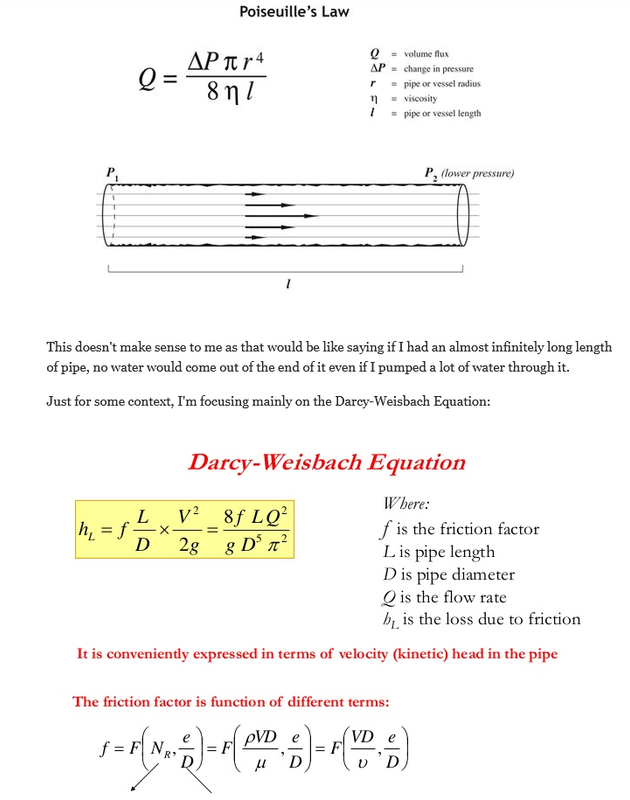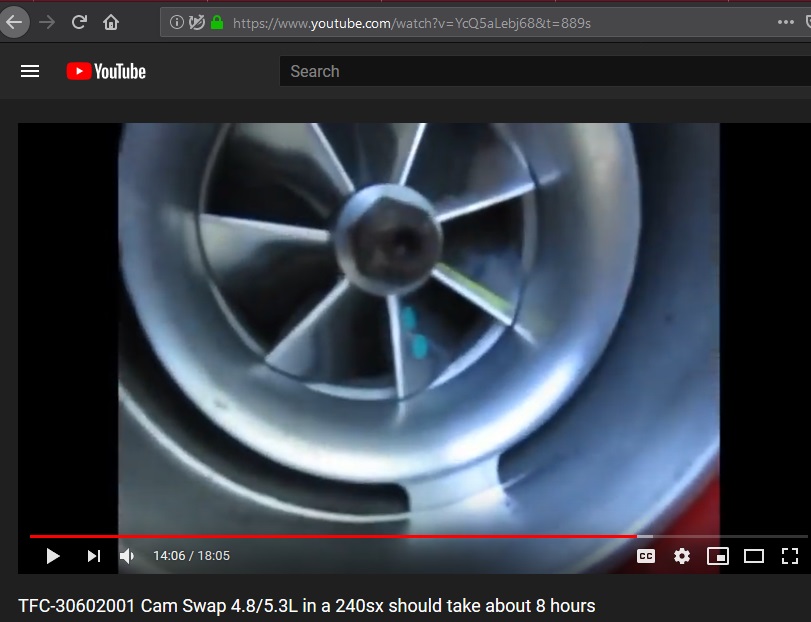I have to add, the original check valve that came with the kit seemed to take a little bit of pressure to unseat it when blowing through. This was after being installed for about 4 years. They have changed the design at some point. The natural colored one in the pic is the old style and consisted of a spring and rubber seal. The newer one (blue) is just a plastic ball that is free to move about and takes nothing to unseat when blowing through one way, and fully seals the other way. How much contribution the old check valve had to keeping pressure in the crankcase, I don't know.
Elite Engineering check valve - old and new.jpg




 Reply With Quote
Reply With Quote







 Also not sure on the wd40 anymore. Not sure i would use it in the engine since they changed it. Seems to mess with rubber more now since they got rid of the "flame" possibility and made it to where it wouldn't burn...
Also not sure on the wd40 anymore. Not sure i would use it in the engine since they changed it. Seems to mess with rubber more now since they got rid of the "flame" possibility and made it to where it wouldn't burn...
